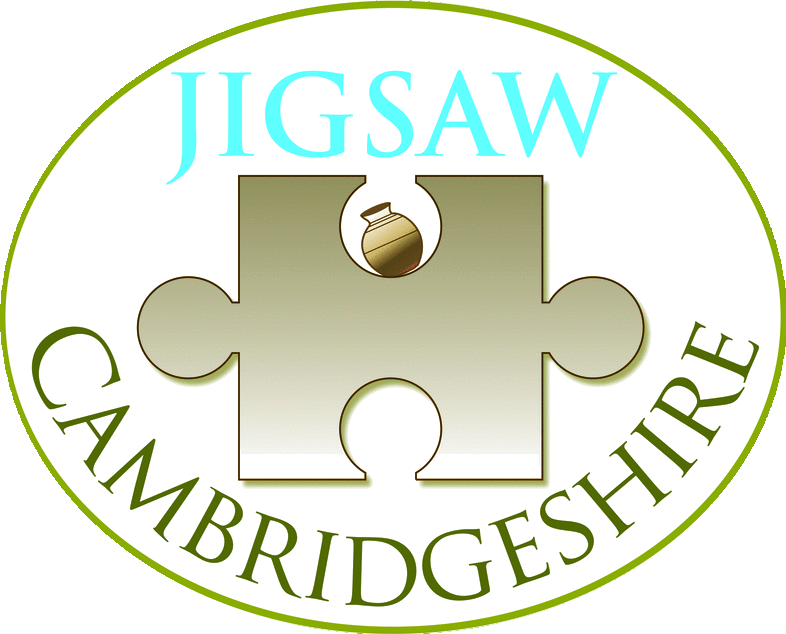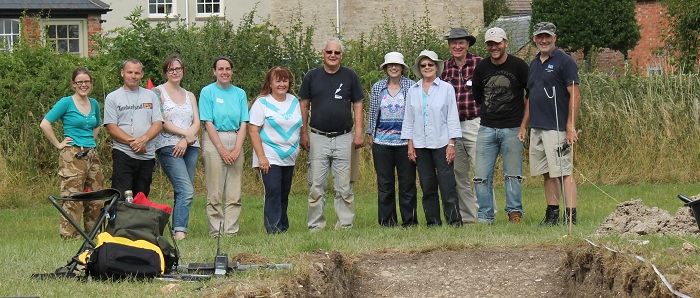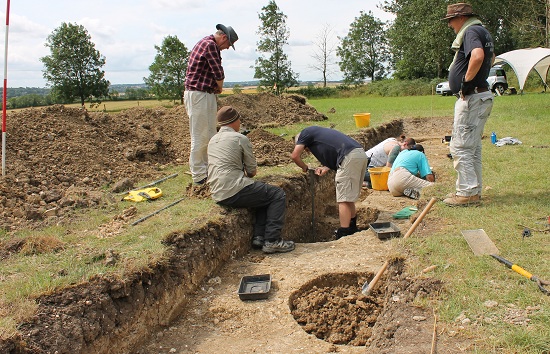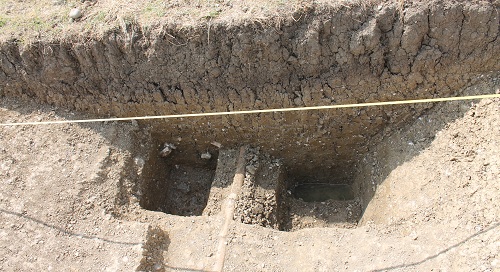17 July
Well, that's all folks! Todays hard-working team cracked on with the final lot of recording and excavating of features. We had a few surprises as well!
Mick's trench at the top of the field continues to surprise us. It now looks like we have a pond at one end (including well-preserved egg shell!), and various ditches and pits at the other end of the field. However, on closer inspection, it looks like the pits and ditches aren't sitting on top of natural, as we thought, but are dug into a redeposited natural - probably from when the pond was dug. Accordingly, under our 'natural' we have a layer of buried soil.
Simon augered the buried soil (see above), and it came out green. 'Aha! Cess pit!' we thought. But we haven't really found anything in it, apart from the odd piece of bone, and you'd expect people to lose things down the loo. So we're now wondering whether it's a daub pit. It smells foul, but since daub is made from horse poo, it figures.
Phil's trench also continues to surprise. The geophysics suggested there was a ditch in his trench, but not one as big or as deep as the one he's uncovered! The following (rather terrible) picture gives some idea of the scale of it - about 4m wide and 2m deep. We think there are several ditches going on here - maybe an early Roman one, followed by a Medieval or Saxon boundary ditch. This ties in with an old 18th century map which shows moats in this field at roughly the point of our trench - and our ditch also lines up with the earthworks in the adjacent field. Maybe it enclosed the Saxon or Medieval manor house!
It's a shame we can't dig the whole field really, there's just so much going on. We'll be writing up a report over the next few months, which will be available as grey literature and downloadable for free from the OA Library: https://library.thehumanjourney.net/ We'll keep you posted. In the meantime, thanks to all who took part, and keep on digging!







